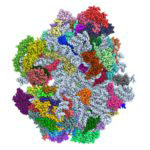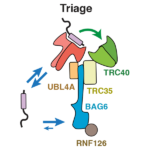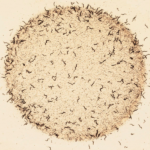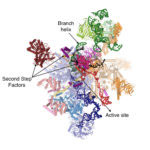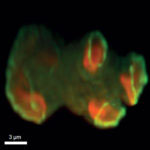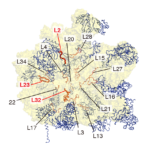
In all present-day organisms, information encoded in DNA, the genetic material of the cell, is converted via an RNA intermediate into proteins, the molecular machines of the cell. However, evidence suggests that in a distant evolutionary past our single-celled ancestors used only RNA for both genetic information storage and metabolism. A cornerstone of this “RNA world” would have been an RNA able to replicate itself.
